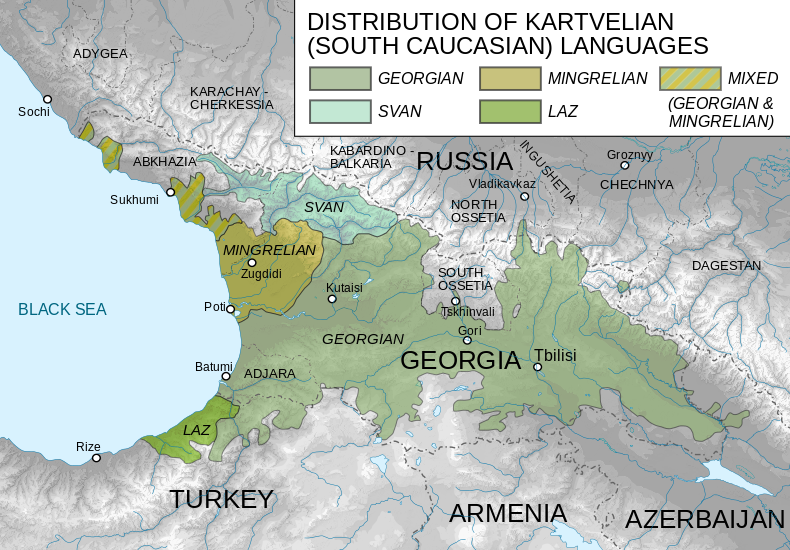Alan
Elite member
- Messages
- 2,517
- Reaction score
- 450
- Points
- 0
- Ethnic group
- Kurdish
- Y-DNA haplogroup
- R1a1a1
- mtDNA haplogroup
- HV2a1 +G13708A
Anatolia is shaping up as hunter-gatherer refuge during LGM. If not a true refuge than easily accessible continuity with Balkans and Europe in general. Thanks to a land bridge through dry Bosporus, before Black Sea flood.
Unlikely refuge more likely continuity of WHG/UHG like H&G before they merged with Basal Eurasian like groups in Anatolia and became EEF. UHG/WHG like ancestry in EEF is up to 50-60%. This I and C1 Haplogroup (possibly also J2b?) represent this UHG/WHG like ancestry. Thats my theory.
Any numbers on how different, 25% of replacement or even as much as 50%?
Anatolia(West and Central Turkey) insane 50-60%!
Any clarification if this Armenian like is from WHG/ANE side or ENF? To see 50% of Armenian like was a bit "shocking" in still HG/herders societies. 25% is more like it, and possibly half of it being WHG/ANE admixture.
Not really shocking, they were herders. Herding is an agricultural technique evolved around the Zagros mountains. It's more interesting to see 25% farmer/herder DNA in Samara H&G. This is not EEF but Teal (what you call here ENF). And it's (Bronze Age Armenian like. Not to confuse with modern groups.
I hope we will see more defined "Armenian like" finally. How much EEF/ENF?
With "Armenian like" here they mean the BaArmenian sample this is like 4/5 West Asian + 1/5 North European.
Some people suggest it was a beginning of Scythian/Sarmatian culture. I'm reading a discovery of z93 there, right? I believe Z93 pushed R1b from East to the West.
Scythian possible, Sarmatian unlikely those are a group of middle Iranic period going by recent genetic data most likely arriving from West Iran (Media) and mixing with the local Scythian groups. With other words a combination between Medes and Scythians.
Now it will be great to figure out where these R1b went to! Western and South Europe? Some through Caucasus into Anatolia? I don't mean the first or even even second wave of R1b into Europe. I'm implying entrance of Celts, Mycenaeans and Hittites at this time period. The last remaining R1b of the Steppe.
Interesting I find here that the Samara EHG sample had 25% Teal admixture. This could indicate where the R1b Haplogroup came from. Before R1b was replaced by R1a in the Steppes. It probably went East and West (becoming Afanasevo and Proto Celts.




